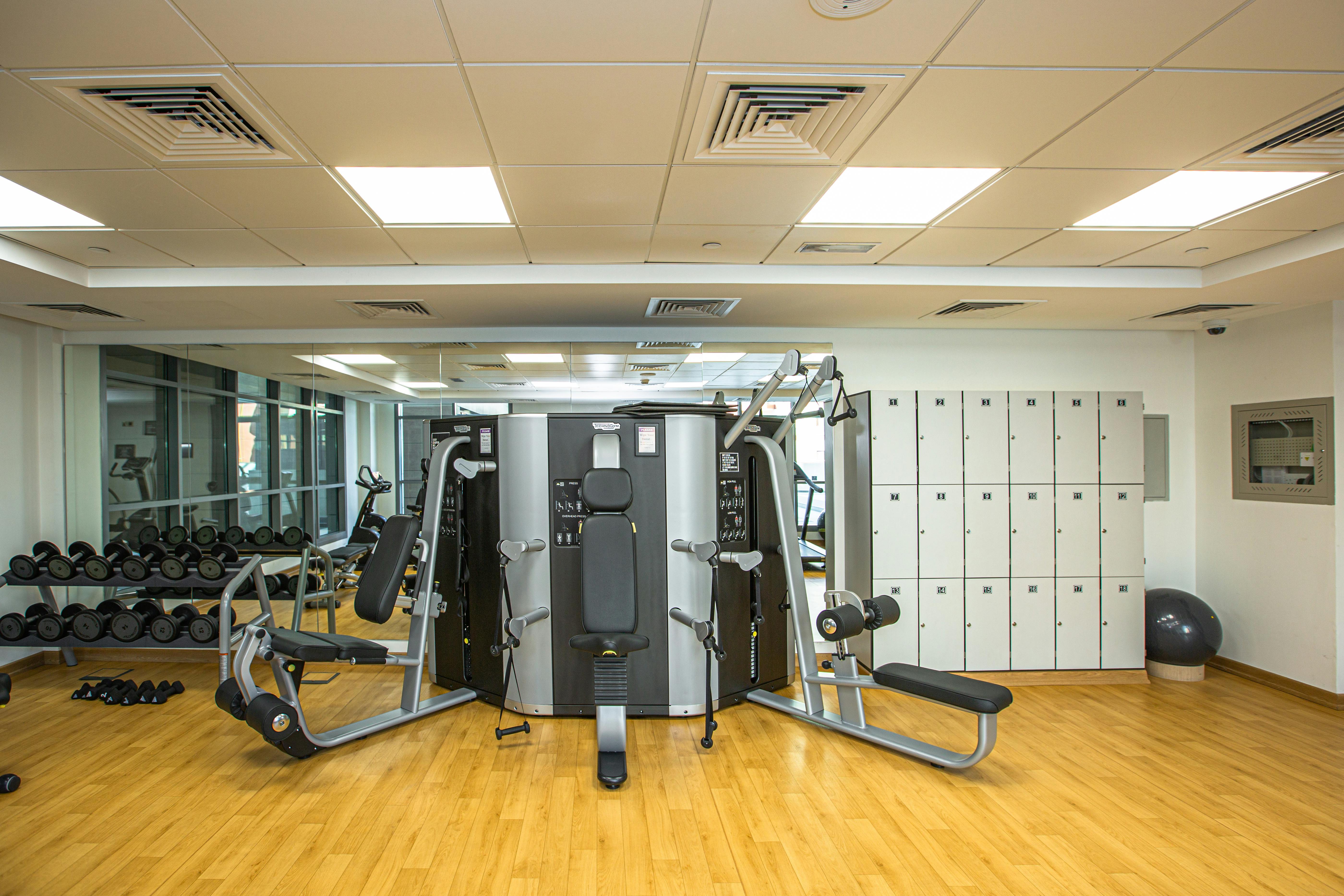
There are few things that have the same financial weight as our first mortgage loan. This can be a stressful time for first-time homebuyers, and sometimes the process can be a bit challenging.
To help, we’ve outlined 8 steps to buying your first home to give you an idea of what’s to come. But remember, nothing can replace the value of finding a mortgage broker you trust to help you through the process.
Step 1: Save your deposit
Before you start looking for your first home, you’ll need to be financially prepared by saving a deposit. Saving 10% of the value of your first home is usually a great goal, as it meets the requirements of most lenders. Ideally, that 10% has been saved over a minimum period of 3 months, which is known as ‘genuine savings’. Showing lenders that you can save regularly means they trust you more to make your loan payments.
That 10% will be split between 1) your deposit and 2) associated costs. One of the biggest costs will be the stamp duty, along with legal costs, strata, and construction reporting costs.
Step 2: Set your capacity
Now is the time to find out exactly how much a lender will lend you and how much you can afford to pay. Financial factors considered include how much you get paid, how much debt you have, your living expenses, your assets, and more.
It will also be time to find out what incentives are available to first-time homebuyers in your state. Depending on the value of your first home, the stamp duty may be waived or discounted along with possible first-time homeowner grants.
Step 3: Choose your lender and loan product
This is a pretty big step. Choosing your lender and the loan product you like is a big decision. But remember, choosing a loan isn’t just about the rate. Additional considerations, such as whether there is a fee to pay a lump sum on your loan, whether the rate is fixed for a period, or the availability of clearing accounts, are all important. And sometimes a slightly higher rate can get you all the extra features you want.
Step 4 – Get pre-approved
Having a home loan preapproval means that your lender has given you a conditional go-ahead for your home loan. This means you can go out and find your dream home knowing how much you can afford to spend. The pre-approval to aspire to is the one in which the lender has seen proof of your income, debts and other financial factors, since it is the safest.
Pre-approval for a home loan typically takes 3-6 months, which means you have a firm budget in mind when shopping for the property you want to buy. It also puts you in a better position to negotiate price and is essential if you’re thinking of buying at auction.
Once you’ve found the home you want to buy, your lender will want to know if you’ve changed anything major in that time, like changing jobs.
Step 5: Make an offer and buy the house
So, you have found the house you want to buy, yes! Now is the time to make an offer and hopefully the seller accepts it. One of the best recommendations at this stage is to get a pre-purchase pest and building inspection which can cost upwards of $500. I know it sounds expensive, but it’s a good investment and could save you thousands of dollars in the long run.
Once you’ve done your building and pest inspection, it’s time to dust off those negotiating skills and secure your home at a price you can afford (enter pre-approval!)
Step 6: Sign and trade contracts
Once the offer is accepted, contracts are signed and exchanged. This is often the time to get final approval on your mortgage and arrange your end of the deal. This is also the step where you will pay your deposit on the property. Most people hire an attorney/transferor to handle the transfer of the property and arrange the settlement directly with the lender, according to the settlement date on the sales contract. Once the deal is complete, your attorney will need to transfer the name of the property from the seller to you (the buyer).
Step 7: Cool Down
You have a cooling-off period of a few days in case you change your mind and stop buying. This period is designed to give the buyer the opportunity to carry out further inspections on the property and calmly ensure that their decision to purchase the property was the correct one. If you withdraw, you may lose part of your deposit. However, if you’ve purchased at auction, you won’t have the option: auction purchases are final!
Each state varies on their cool-off period time frames, so it’s important to check with the real estate agent or your conveyer.
Step 8: Settlement
Here’s the fun part: settlement is when the keys are handed over and you officially become the owner of the property! Settlement typically occurs four to six weeks after the exchange of contracts, and is when the balance of the purchase price is paid to the seller. You have the right to inspect the property prior to settlement to ensure that the property is still in the same condition as when you purchased it and that there have been no major changes since then.
Now it’s time to kick off the celebration and start organizing the housewarming, you have officially purchased your first home. Congratulations!